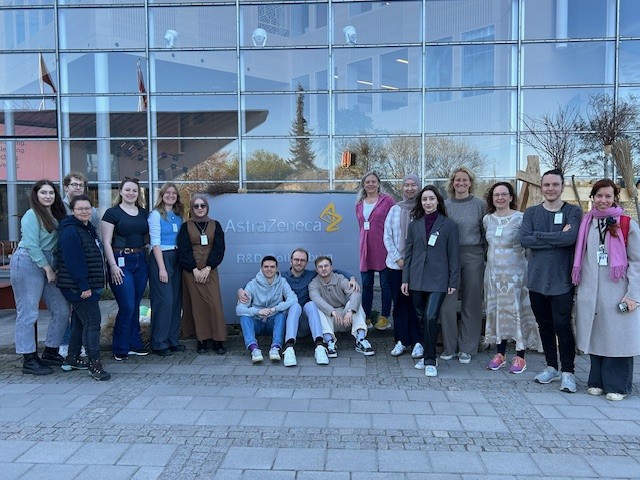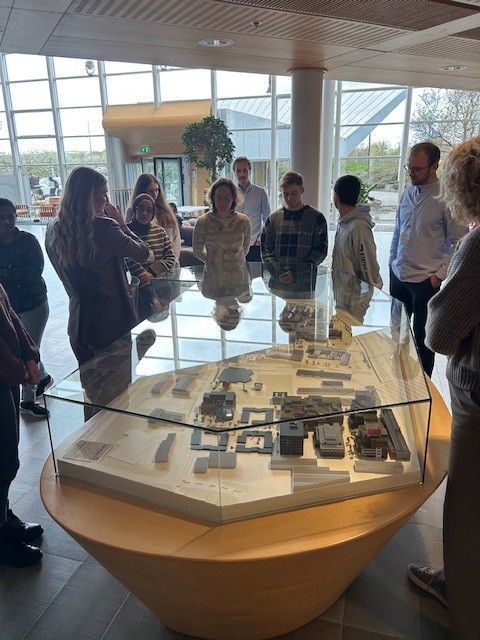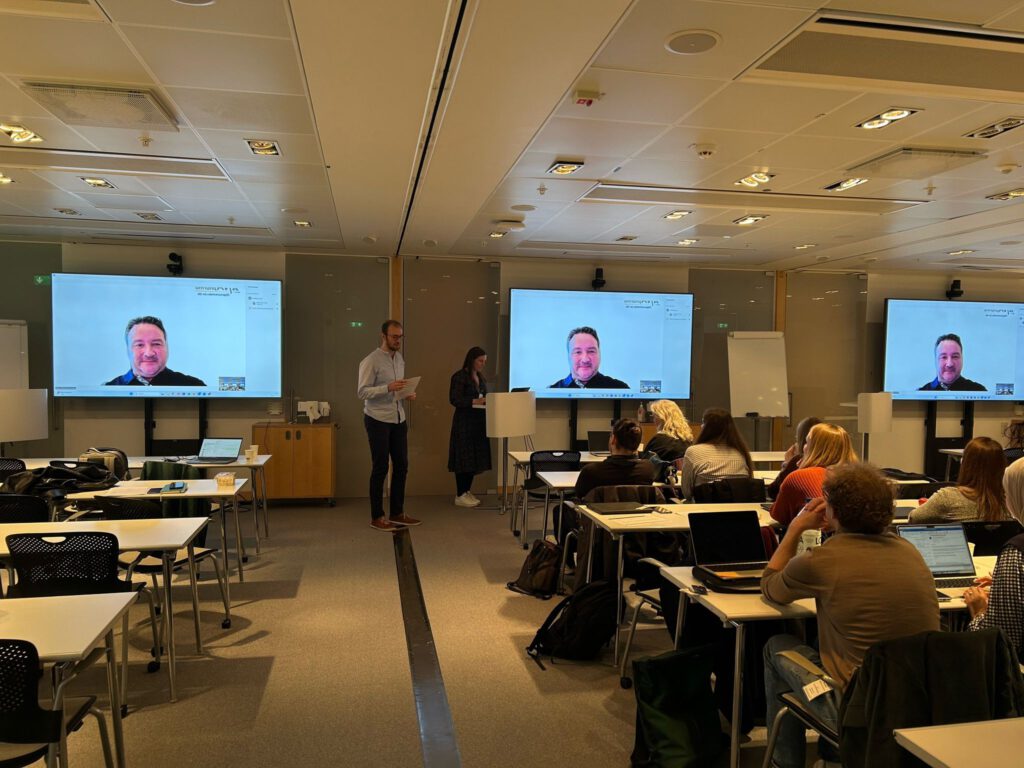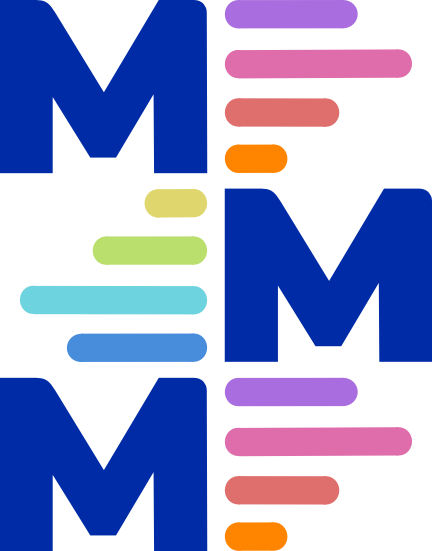Two weeks ago, the MMM DCs had the incredible opportunity to spend three days at AstraZeneca, exploring every layer of the antisense oligonucleotide (ASO) development pipeline — from early-stage design and manufacturing to safety studies, pharmacodynamics, and pharmacokinetics. Trainers and trainees were from the MMM network and from AstraZeneca.
What made this workshop truly unique was the hands-on approach. Through case studies, trainees were able to immediately apply what they learned, deciding the ASO strategy and designing the testing approach. They also explored the clinical landscape — thinking beyond just the variant, and into the eligibility of the patient and disease, shaping n-of-1 or n-of-few treatments and trials.
With the visit to AstraZeneca, the differences in the ASO pipeline between industry and academia were clearly highlighted. As Iqra put it perfectly, “In industry, they can test 400 ASOs — compared to our lab in academia, where we test 4.” The contrast in scale really put things into perspective how collaboration is really important if we want to bring ASO therapy into the clinic.
And yes — we also discovered that the Pope once thanked AstraZeneca for helping to stop a bout of hiccups using lidocaine (though the evidence might be a bit shaky 👀). Huge thanks to Shalini Andersson and Erica Bäckström from the AstraZeneca team for hosting us and to all the speakers from both 1M1M and AstraZeneca for their insightful talks (Shalini Andersson, Annemieke Aartsma-Rus, Willeke van Roon-Mom, Tobias Pöhlmann, Tom Baladi, Marie Kalm, Peter Gennemark, Rebecca Schüle) – you have shown that collaboration isn’t just valuable, it’s essential. And this week, we truly experienced how much we can learn from it!



